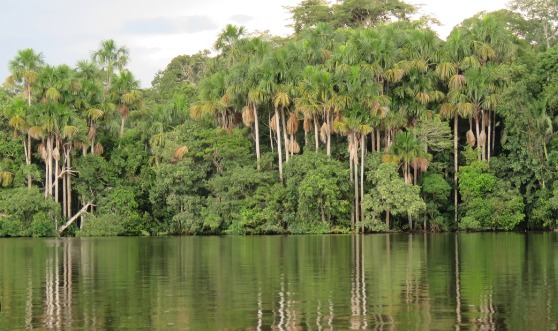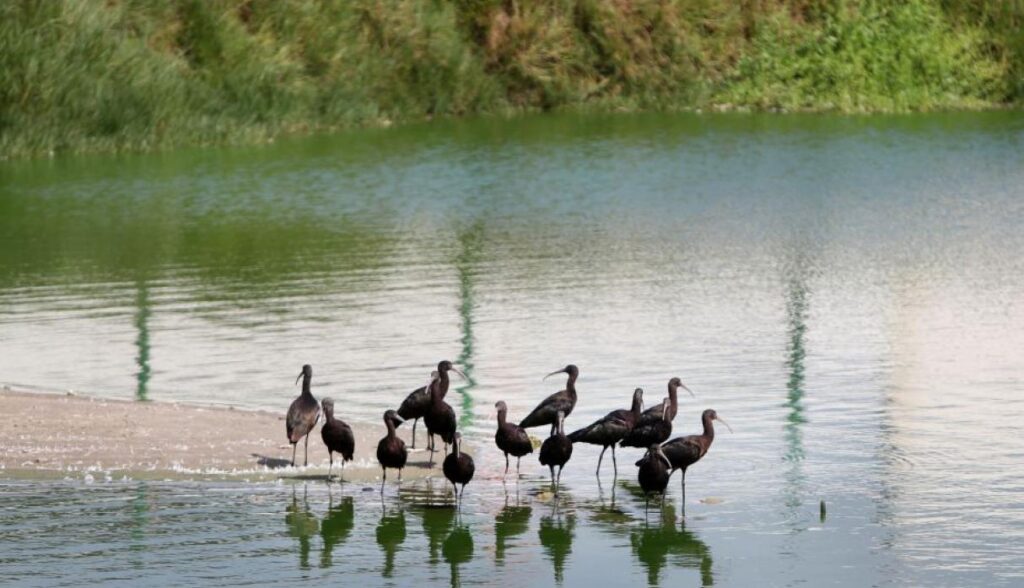It is celebrated World Wetlands Day on February 2nd, here we mention the reasons why its conservation is important.
Nowadays there are 13 wetlands in Peru, from Lake Titicaca, located in Puno, to Pantanos de Villa, located in Lima. Wetlands are an essential part of a planetary health; however, people do not know the value of them and what they represent for the fauna and flora. These ecosystems range from swamps to aguajales[1] and some lagoons.
World Wetlands Day: why conservation matters
Due to human beings’ presence in wetlands areas, these ecosystems are affected in a severe way. For example, invasions, pollution, change in the habitat, even the presence of invasive species which do not belong to the place. The biological diversity of these areas is affected due to these actions:
-
- Wetlands are a good refuge for the biodiversity of fauna and flora: many birds arrive to these ecosystems as part of their migratory routes and thank to the existence of wetlands they can continue their journey; many times, from continent to continent.
- Products which are useful as a raw material are obtained thanks to wetlands: These products are used for the construction, food resources, medicinal resources, and ornamental resources; all these are the result of the chemical and biological processes of the wetlands.
- Wetlands provide us water: they work as water storages which retain it for direct consumption, for use in production, and, in some cases, as recharge of underground aquifers.
- Wetlands help climate conditions: they control flooding, acting as a barrier of flooding; they are a refuge from droughts, and they store tons of carbon.
The Amazon wetlands
In the Peruvian Amazon there are large areas of wetlands. They are recognized because they are big areas of palms, so they are popularly known “aguajales”. Aguaje palm (Mauritia flexuosa) receives its name because of its fruit, which is famous not only in Peruvian jungle, but also in all the Amazon.

AJE, company committed to caring for ecosystems
It is estimated that aguajales store great quantities of carbon, around 600 tons of CO2 stored per hectare. Aware of the importance of these ecosystems and being the raw material of BIO Amayu juices, AJE group encourage the care of these forests by purchasing aguaje fruits from the native communities of the Pacaya Samiria national reserve. All this under the condition that all fruits purchased come from uncut palm trees, in this way, the wetlands are conserved, and, at the same time, a product is obtained. This example teaches us how to maximize the productivity of our natural spaces without destroying them or putting them at risk.
[1] Wetlands
